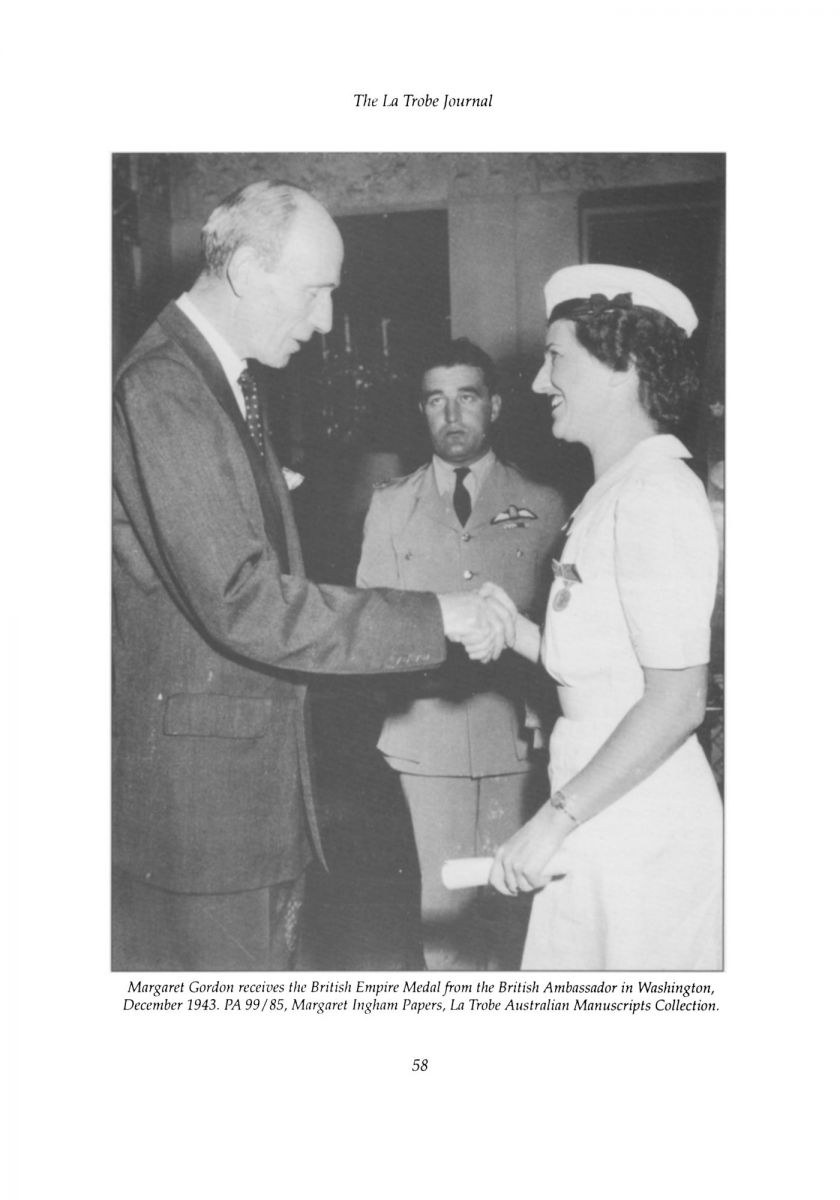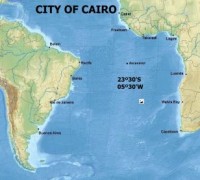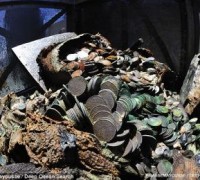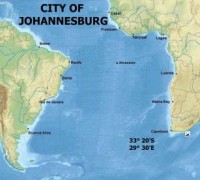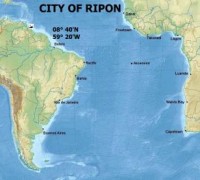- A B C
48)CITY OF CAIRO TWO SURVIVORS
.jpg)
The map above shows the incredible distance of 1943 NM the two survivors went adrift until their rescue by Brazilian corvette Caravelas
TRIBUTE TO MARGARETH GORDON
MARGARET INGHAM (1910-1999) is remembered as a remarkable woman who changed the attitude of Australian libraries towards children's literature. Just how remarkable she was, however, is possibly not realised by all who honour her many professional achievements, especially her initiative in creating the widely recognized Children's Literature Collection at the State Library of Victoria.
Born in the country town of Colac in Victoria on 3 February 1910, Margaret Hope Maberly Smith first trained as a teacher. By 1934 she was teaching English Literature at Morongo Girls College in Geelong, but three years later she was in India where she married Crawford Gordon, an engineer with the Bengal-Assam Railways. In 1942 as the Japanese drove the British out of Burma, she and her husband fled to the Himalayan foothills by riverboat. When Crawford caught dengue fever Margaret nursed him until she also went down with the sickness. Although she made a full recovery, he was left physically and emotionally debilitated. Medical treatment in the United Kingdom was recommended, and despite the risk of travelling by sea during wartime they sailed from Bombay on 1 October that year on the passenger ship SS City of Cairo.
During the night of 6 November 1942, in the South Atlantic making for the Brazilian port of Recife, the ship was torpedoed by a German U-boat. Margaret and Crawford Gordon were among the survivors who climbed into the available lifeboats. The suction of the sinking ship caused some of the lifeboats — including the one with the Gordons — to capsize. Margaret was able to climb into another lifeboat, but Crawford was not found again. What followed tested the endurance of all survivors: they experienced the desolation of separation from the other lifeboats, subsequent lack of food and water, and the deaths of their companions.
In their lifeboat all perished except Margaret and James ‘Knocker’ Whyte, the Cairo's Third Officer, who were rescued by a Brazilian Corvette Caravelas off the South American coast after 52 days adrift. Margaret was awarded the British Empire Medal in December 1943 for her bravery and heroism. Her citation reads: ‘Mrs Gordon showed exceptional qualities of fortitude and endurance. When the occupants of the boat died one after another, she did all in her power to allay their sufferings. Towards the end of the voyage she kept watch with the Third Officer in sailing and steering the boat’.
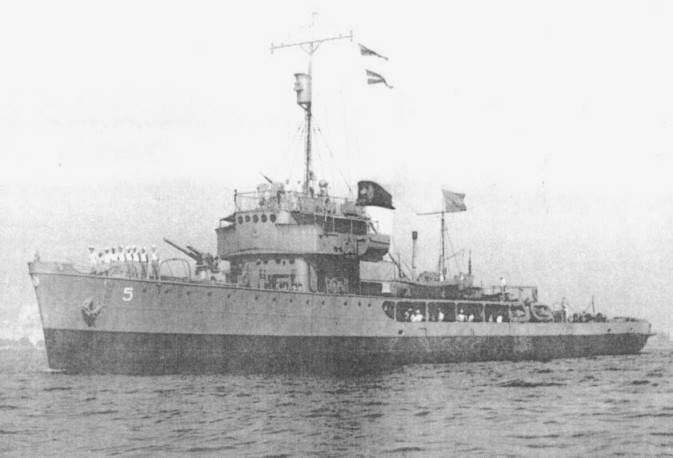
Brazilian Corvette Caravelas
Vowing not to travel by sea again during the war, Margaret remained in New York, where she became a librarian in the office of the Australian Trade Commissioner, New York. For two years, from 1944 to 1946, she served in the Women's Royal Naval Service, first in Washington and then in London. For her mother she wrote a chronicle describing her ordeal, and then firmly closed the door to this part of her life, looking ahead rather than dwelling in the past.
A year after her return to Australia in 1946, Margaret remarried, and for 12 years lived with her second husband, Roy Ingham, on a farm at Officer in Victoria. Following his death in 1959, she then returned to librarianship, working as the children's librarian at the South Melbourne Public Library. Concerned that children's literature was not being given the priority it should have, she set about changing existing perceptions. Her strong conviction about the importance of literature for children was matched by her determination to offer optimum services to children through free public services.
Margaret was instrumental in ensuring that library services for children were offered by professionally trained librarians. She lectured in children's literature at the State Library Training School and was appointed in 1963 to the executive committee of the Children's Book Council of Victoria and to its Book List Committee. In 1964 she was made an Associate of the Library Association of Australia for services to children's literature.
From 1966-1975 Margaret was employed as Children's Library Officer on the staff of the Public Libraries Division, Library Council of Victoria. Here she created the Children's Demonstration Library as a model children's book collection, drawing visits from school and public librarians. She instigated quarterly meetings of children's librarians, many of whom travelled from country Victoria to listen to guest speakers and discuss issues and concerns. From this forum emerged the regular publication of reading lists on various children's book topics.
Before Margaret retired from the Children's Demonstration Library in 1974, she made a proposal for a bus, fitted out with contemporary children's books and staffed by a professional librarian, to travel around Victoria visiting remote areas and encouraging reading. This was the beginning of the very popular Jolly Jumbuck which presented children's book-related performances all over Victoria.
Later again in her retirement, after open heart surgery, Margaret created the Children's Research Collection at the State Library of Victoria. In 1976 Margaret made a proposal to the State Library of Victoria to establish a collection of children's literature which would replicate a child's bookshelves through time. She began by examining some hundreds of thousands of books, ‘ … browsing amongst the labyrinth of passage ways, bays, bookstacks and stairways around the hexagon’ of the Domed Reading Room. She gathered together all the children's books held in the Library's stacks to create a discrete collection. Her 1977 preliminary report identified 2000 children's books from the stacks, including 150 rare children's books.
Two of these were 16th-century school books which created considerable interest. Anglorum praelia (Battles of the English) by Christopher Ocland was written in Latin hexameters drawn from material in the old English chronicles and published in 1582. Ocland was headmaster of a grammar school founded by Queen Elizabeth I. Subsequently her Majesty's Commissioners decreed that this book was to be used in every school in the country. Another Elizabethan text is the second edition of The Scholemaster (1572), written by Roger Ascham, who was Queen Elizabeth's tutor. Margaret also found a large number of books illustrated with wood engravings by Thomas and John Bewick, who expected that many of their ‘cuts’ would be used in books for children.
Some interesting school textbooks and readers were uncovered. Cocker's Decimal Arithmetick (1685) was the earliest, but most of the readers dated from the time of the Education Acts in the mid-nineteenth century. There were sets of school readers from Philadelphia, Dublin and the Royal Readers from England. Some stories from these series were included in the Victorian School Readers used in Australia for many years. School readers are indicative of literature deemed suitable for children at a given time, thus providing a social perspective to the attitudes passed on to the children of the period.
When assembled in one place, it was clear that gaps in the collection needed to be filled. During a personal trip to England and Scotland in 1977, Margaret acquired some seventeenth-century books by Isaac Watts and James Janeway; some chapbooks of the eighteenth century; and she was especially keen to add some didactic literature of the late eighteenth century, such as books written by Mrs Sarah Trimmer, Mrs Barbauld and Maria Edgeworth. These latter books would have been available to children in England at the time of the first settlement in Sydney and are likely to have been amongst the only books available for young families in the early years of the settlement.
By the time Margaret retired in 1980 her initiative had created the largest collection of children's literature in Australia, with the Children's Research Collection as it was known then, consisting of 12,000 books. Today the State Library holds the most comprehensive collection of Australian children's literature in the world, with over 70,000 Australian and overseas children's books in its keeping, bearing testimony to Margaret's vision.
Margaret held several offices in the Library Association of Australia, and in 1973 was honoured with the distinction of Fellowship of the LAA. As a librarian, and as a teacher, she had an unwavering commitment to the highest standards, and she dealt with everyone in the same forthright yet compassionate manner.
Those who worked with Margaret Ingham recognized her as a person of warmth, energy and enthusiasm — and of courage. Although she had no children of her own, she had a passion for children that expressed itself in her concern for their literature; and she is an inspiration to those who have come after her in the field of children's literature. She continued to work despite ill-health and weak eyesight. Those who saw her in those later years peering at books at close range had a glimpse of the indomitable spirit that enabled her to survive the disaster.
Juliet O'Conor By State Library of Victoria

